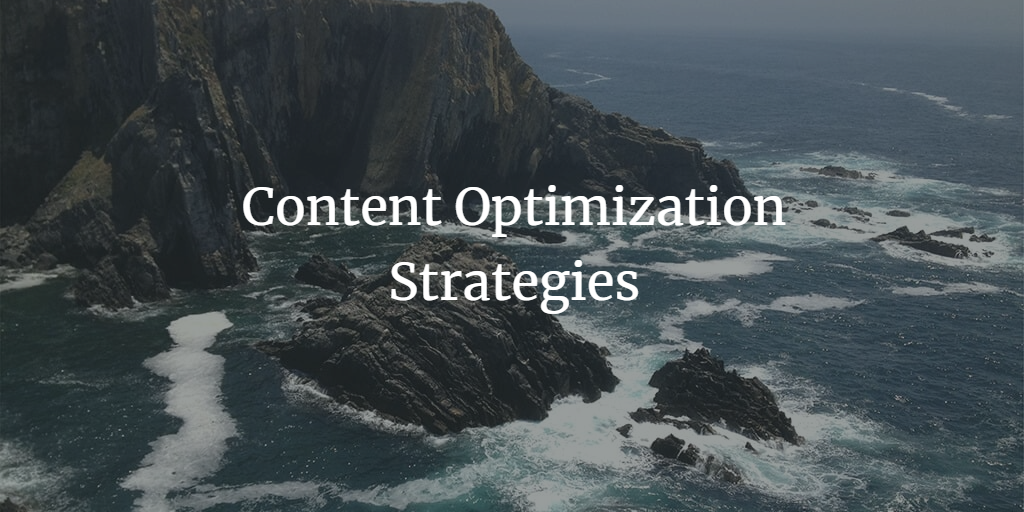
Table of Contents
Introduction
The Importance of Content Optimization
Keyword Research
Optimizing Content Structure
Enhancing Readability
Multimedia Integration
On-Page SEO Optimization
Voice Search Optimization
Updating and Refreshing Content
Conclusion
Introduction
Welcome to Content Optimization in 2023, a comprehensive guide that explores the latest best practices and strategies for optimizing your website's content. In this guide, you'll learn how to create high-quality, engaging content that resonates with both search engines and users.
The Importance of Content Optimization
Content optimization is crucial for several reasons:
Improves search engine rankings, driving more organic traffic to your website
Enhances user engagement and satisfaction, leading to higher conversion rates
Keeps your content relevant and up-to-date with the latest trends and user needs
Keyword Research
Start your content optimization journey with thorough keyword research:
Use tools like Google Keyword Planner, Ahrefs, or SEMrush to find relevant keywords
Target long-tail keywords and question-based phrases for better user intent alignment
Analyze competitor content to identify keyword gaps and opportunities
Optimizing Content Structure
Create a well-structured content layout to improve readability and SEO:
Use headings (H1, H2, H3) to organize your content into logical sections
Incorporate bulleted or numbered lists for easier scanning
Break up long paragraphs into shorter, digestible chunks
Enhancing Readability
Ensure your content is easy to read and understand:
Write in a clear, concise, and conversational tone
Use transition words and phrases to guide readers through your content
Leverage tools like Grammarly or Hemingway Editor to improve grammar and readability
Multimedia Integration
Enrich your content with multimedia elements:
Incorporate relevant images, videos, and infographics to support your content
Optimize multimedia files for faster loading times and improved performance
Use descriptive file names and alt text for images to enhance SEO
On-Page SEO Optimization
Optimize your on-page SEO elements for better search engine performance:
Include your target keywords in title tags, headings, and meta descriptions
Use internal and external links to improve website navigation and authority
Implement schema markup to enhance your content's visibility in search results
Voice Search Optimization
Prepare your content for the growing popularity of voice search:
Target conversational, long-tail keywords and question phrases
Write content in a natural, conversational tone
Leverage structured data markup to improve your content's visibility in voice search results
Updating and Refreshing Content
Regularly review and update your content to keep it relevant and fresh:
Monitor your content's performance using analytics tools like Google Analytics
Identify outdated or underperforming content that needs improvement
Update or refresh content with new information, better visuals, and optimized SEO elements
Conclusion
By following the strategies outlined in this guide, you'll be well-equipped to optimize your website's content in 2023, boosting both SEO performance and user engagement. Remember that content optimization is an ongoing process, so continually monitor your content's performance and adapt your strategies to stay ahead of the competition.


